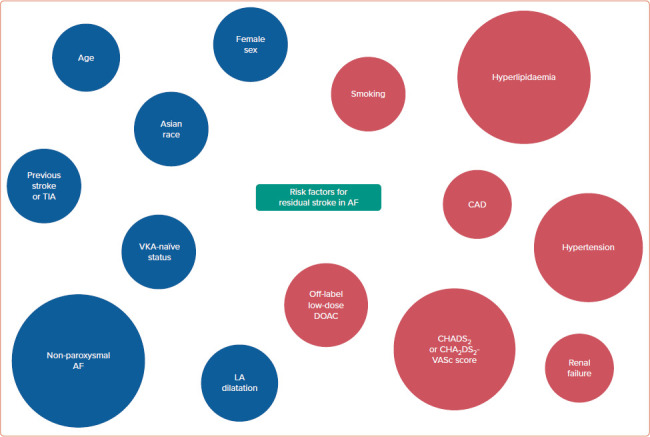Residual Stroke Risk in Atrial Fibrillation.
IF 3.3
Q2 CARDIAC & CARDIOVASCULAR SYSTEMS
引用次数: 7
Abstract
AF contributes to increased stroke risk via various mechanisms, including deranged blood constituents, vessel wall abnormalities and abnormal blood flow. This excess risk is frequently managed with anticoagulation therapy, aimed at preventing thromboembolic complications. Yet, a significant proportion of patients with AF remain at high residual stroke risk despite receiving appropriate dose-adjusted anticoagulation. This article explores the residual stroke risk in AF and potential therapeutic options for these patients.

房颤的剩余卒中风险。
房颤通过多种机制增加卒中风险,包括血液成分紊乱、血管壁异常和血流量异常。这种过度风险通常通过抗凝治疗来控制,目的是预防血栓栓塞并发症。然而,相当比例的房颤患者尽管接受了适当的剂量调整抗凝治疗,但仍然存在较高的剩余卒中风险。本文探讨了房颤的剩余卒中风险以及这些患者的潜在治疗选择。
本文章由计算机程序翻译,如有差异,请以英文原文为准。
求助全文
约1分钟内获得全文
求助全文
来源期刊

Arrhythmia & Electrophysiology Review
CARDIAC & CARDIOVASCULAR SYSTEMS-
CiteScore
5.10
自引率
6.70%
发文量
22
审稿时长
7 weeks
 求助内容:
求助内容: 应助结果提醒方式:
应助结果提醒方式:


